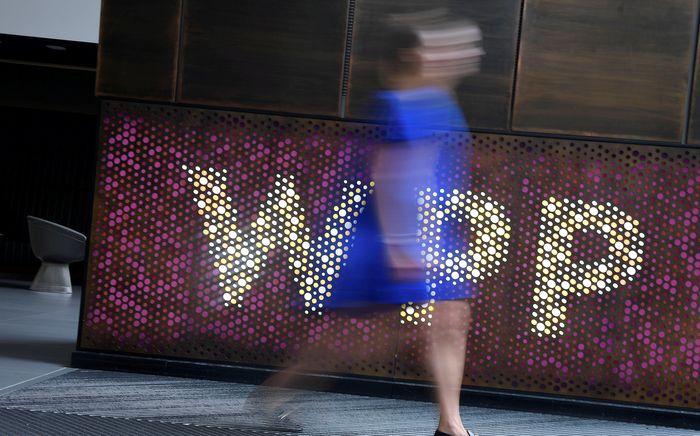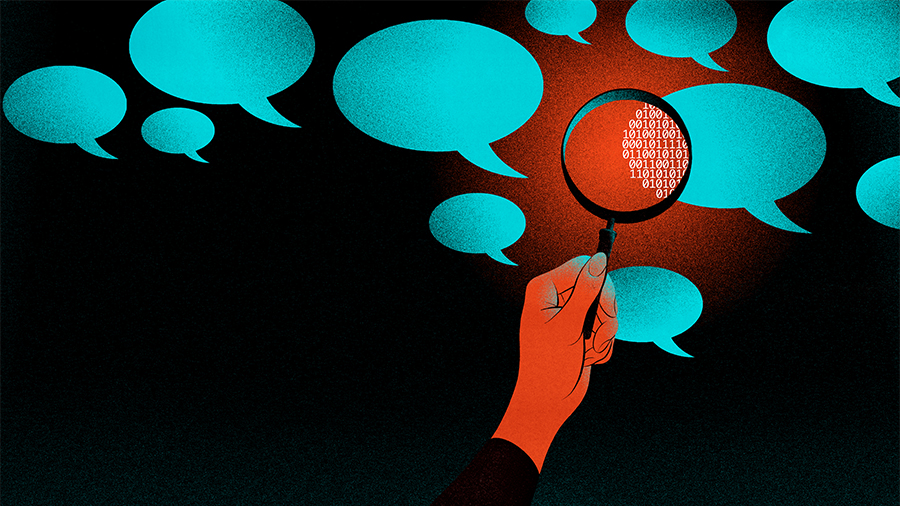14. Marc Mathieu, Chief Marketing Officer, Samsung Electronics America
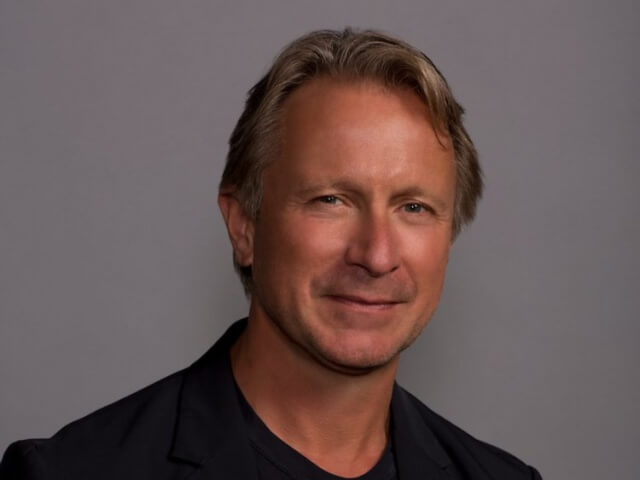
After shepherding Samsung through one of the worst branding disasters and recalls in recent history, Mathieu went a step further and revamped its approach to marketing.
Instead of sleek products, human stories became front and center of its marketing with the brand seeking to inspire purpose beyond its bottom line, encapsulated in the tagline “Do What You Can’t.”
He also launched Samsung 837, a New York-based consumer playground-cum-marketing lab, and partnerships with Arianna Huffington’s app Thrive and The New York Times’ Daily 360.
13. Carolyn Tisch Blodgett, SVP of Brand Marketing, Peloton
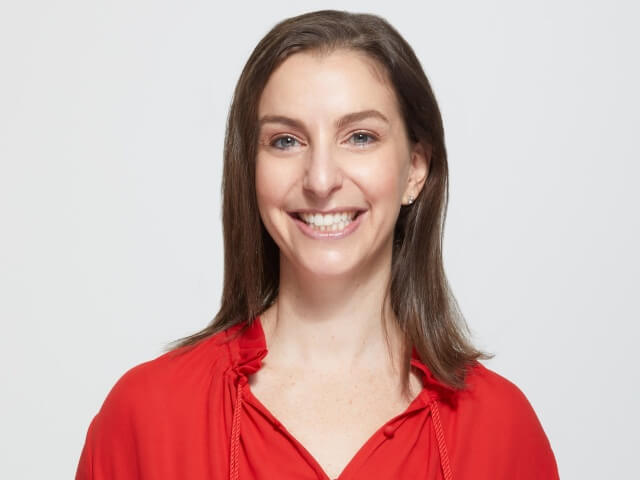
Cult fitness brand Peloton has seen a meteoric rise under Blodgett’s leadership, focusing on heady marketing mix of TV, digital, radio, and even billboards. Peloton made a splash with its first financing program timed with the holidays, followed by its largest media investment during the Winter Olympics, including broadcasting live spin classes from Korea. Its base has swelled to nearly 1 million members and its brand awareness has risen from 15% to almost 50% in the past 18 months, the brand says.
12. Linda Boff, Chief Marketing Officer and VP of Learning and Culture, GE
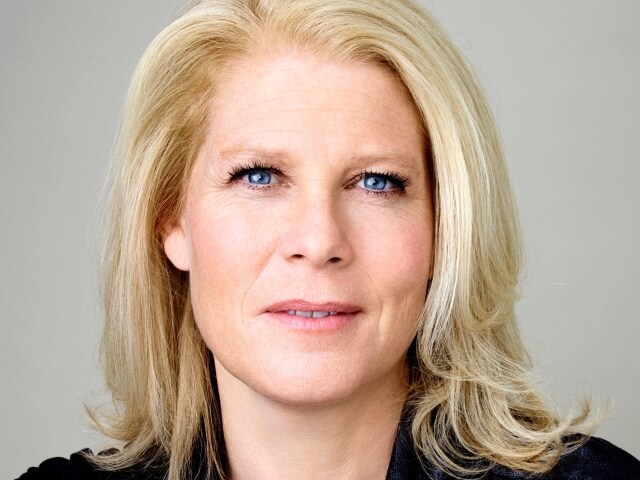
This 15-year veteran has overhauled a 126-year-old company’s public image in three years, breathing new life into GE’s brand with a variety of experimental digital initiatives. Her scope at GE has grown in recent months to include integrating learning and culture with communications and marketing in a way that further drives brand and reputation. The data-loving executive has also been the driving force behind a number of creative executions, including the “Unseen Stars” constellation ceiling installation at Grand Central Terminal in New York, which paid tribute to pioneering women in science and technology.
11. Eric Liedtke, Global Chief Marketing Officer, Adidas
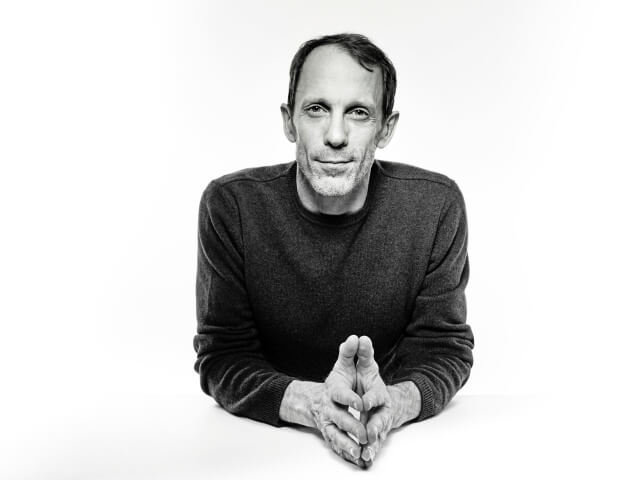
Liedtke oversees everything from design and innovation to brand management and digital as well as e-commerce for Adidas and all its sub-brands globally. He’s led the brand’s evolution from just another sports brand to a lifestyle brand on the cutting edge of technology, posting double-digit growth along the way. He’s ramped up the brand’s focus on innovation and sustainability, endeavoring to make all its products from recycled ocean plastic by 2024 with the help of Parley for the Oceans.
10. David Rubin, SVP and Head of Audience and Brand, The New York Times
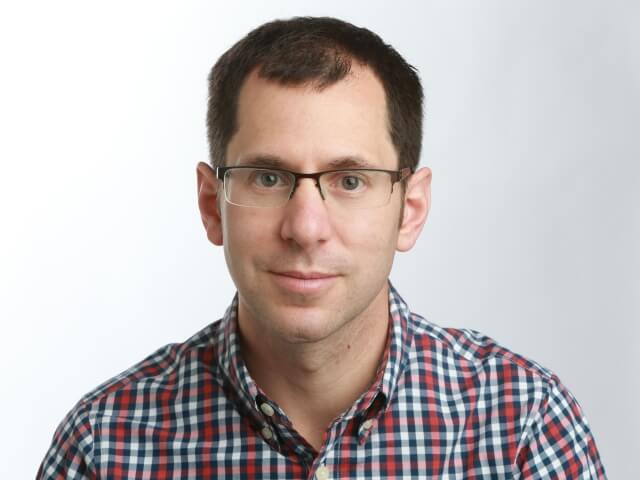
The New York Times prompted an international reckoning with its reporting on sexual harassment last year. But it’s not just its reporting that’s been hard-hitting: Its marketing has followed suit.
Rubin has led that effort with “The Truth is Hard” campaign, highlighting not just the issues coming to the fore but also how the issues are actually pursued. This approach — to highlight the value of paying for the media organization’s reporting — has paid off handsomely, with 2017 being a banner subscription year for The Times, with subs hitting record totals.
9. Fernando Machado, Global Chief Marketing Officer, Burger King
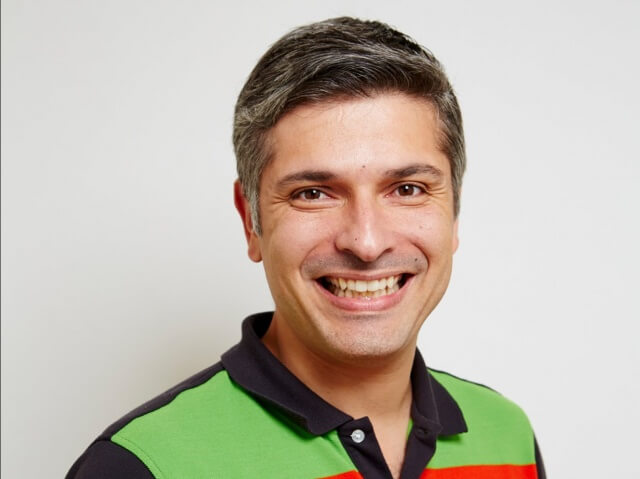
No one knows how to constantly deliver a flame-grilled burn quite like Burger King, which has only amped up its creative and sassy takedowns of rival McDonald’s under Machado in 2018. Most recently, it rolled out a series of ads that featured what it said were patios of former McDonald’s executives to show that they had grills and how Burger King’s patties were made. It released a string of other ingenious campaigns in recent months, such as Whopper Neutrality, Chocolate Whopper, and Whopper No-Show.
8. Jill Cress, Chief Marketing Officer, National Geographic Partners
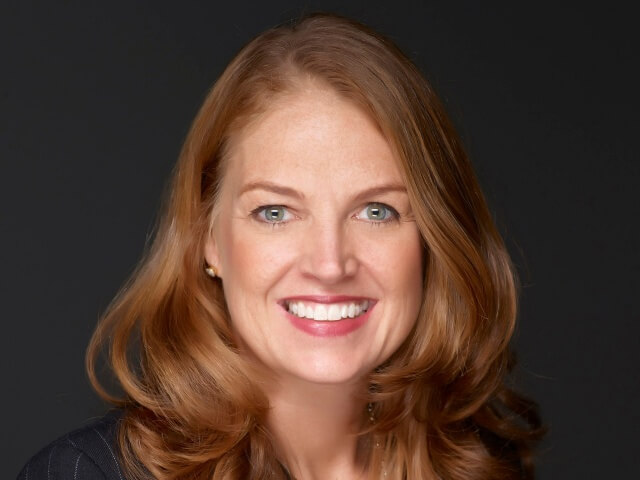
Since joining National Geographic Partners in 2016, Cress has overseen brand strategy and is tasked with juicing up the media brand’s marketing and partnerships.
Under her leadership, National Geographic has pledged to cut down on single-use plastics that cause pollution with a multiyear campaign that includes research initiatives, corporate commitments to sustainability, and new packaging that wraps the brand’s magazines in paper instead of plastic. Cress worked with Google and ad agency 360i last year to create a voice-activated meditation app that serves up mental-health information for veterans suffering from PTSD.
7. Melissa Waters, VP of Marketing, Lyft
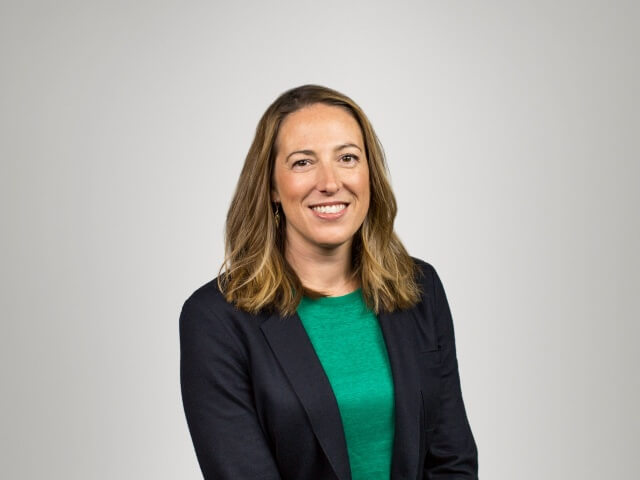
In just two years, Waters has put Lyft’s challenger brand squarely on the map. She has driven the ride-hailing company’s marketing strategies at a pivotal time, fueling growth and grabbing market share when its biggest competitor was reeling from its own spate of challenges.
Her “empathy-driven” approach of putting people first has surely helped, as have innovative campaigns such as Round Up & Donate, which has yielded $5 million for charities and the #GiveADamn partnership with Budweiser, an effort that has supported over 150,000 trips to combat drunk driving.
6. Marc Pritchard, Chief Brand Officer, P&G
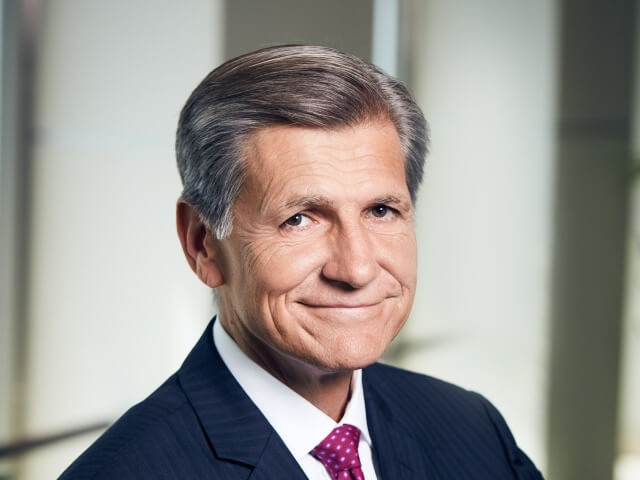
As the world’s largest advertiser, Procter & Gamble holds a lot of clout in the advertising industry and its work to clean up digital advertising.
Despite cutting marketing costs, P&G’s sales continue to grow. The brand has slashed $750 million in agency and production fees with plans to cut another $400 million with a goal of trimming the number of agencies it works with by 50%. In April, Pritchard unveiled a new agency model that brings together talent from competing shops to handle P&G’s fabric-care brands like Tide and Mr. Clean. Under his leadership, P&G is experimenting with bringing more agency resources in-house to cut down on fees.
5. Diego Scotti, Chief Marketing Officer, Verizon
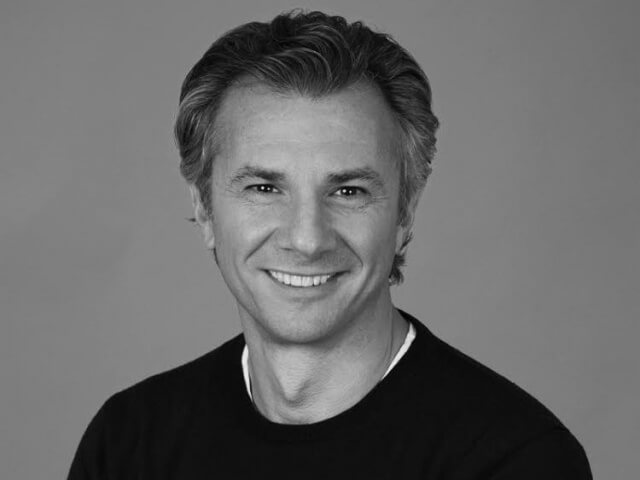
Scotti threw down the gauntlet when he sent out a letter to Verizon’s agencies in 2016, asking them to improve their diversity numbers and even tracking their progress. And he hasn’t rested. After unveiling Verizon’s diversity fellowship program last year, he presided over the graduation of the first batch of AdFellows this spring — with 90% of the 20 fellows joining Verizon or one of its partnering agencies in full-time roles beginning this summer.
The company has broadened the program to include more partners, and invested in broader industry and community efforts like The One Club and the Marcus Graham Project. Plus, its own in-house agency walks the talk, with 50%-to-50% white-to-nonwhite and 52%-t0-48% female-to-male ratios.
4. Kelly Bennet, Chief Marketing Officer, Netflix
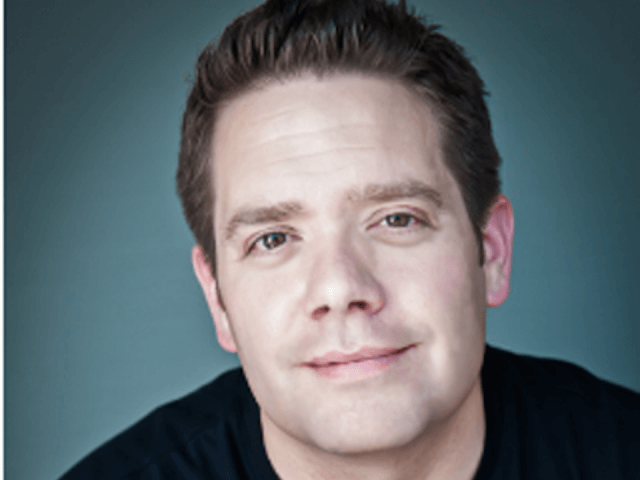
Over the past few years, Netflix has proved it’s not just the king of content but also the king of marketing that content. And Bennett, who leads global marketing and social media across 150 countries, has had a big role to play.
From “Stranger Things” to “Narcos,” Bennett has managed to extend some of the streaming giant’s most successful franchises into thrilling experiences across the digital, mobile, and out-of-home media.
3. Chris Spadaccini, EVP of Consumer Marketing, HBO
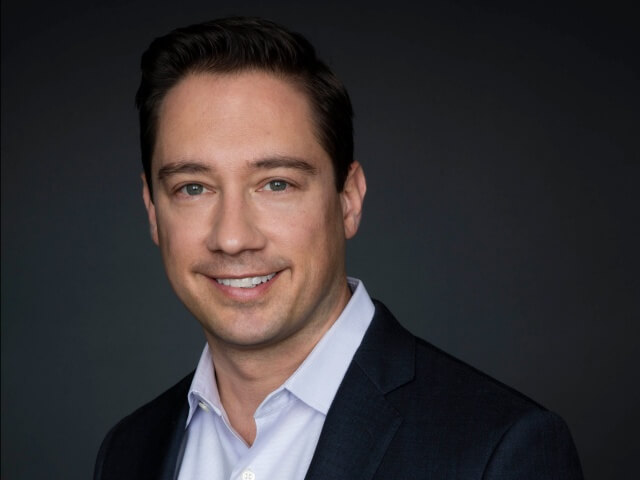
Over his nearly 20-year career at HBO, Spadaccini has led innovative marketing campaigns for some of the network’s most high-profile shows, including “Game of Thrones,” “Entourage,” and “The Sopranos.”
HBO has kept the momentum going, re-creating the town of Sweetwater for the “‘Westworld’ Live Without Limits” experience at SXSW this year, perhaps the most sophisticated stunt it has ever attempted.
2. Kristin Lemkau, Chief Marketing Officer, JPMorgan Chase
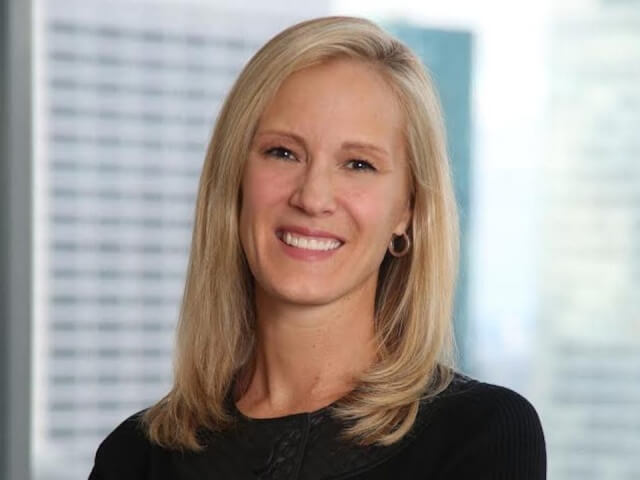
Long part of an influential consortium of CMOs tackling the murkiness of digital advertising head-on, Lemkau has emerged as its true torchbearer over the past year.
She has led the charge on combatting issues of ad fraud and brand safety, first by slashing the number of sites that JP Morgan advertises on from 400,000 to 10,000 and then by getting her team to develop its own algorithm on YouTube to ensure that its ads don’t end up next to dicey videos.
She’s focused on spending the brand’s $5 billion marketing budget on developing a strong data and programmatic team in-house and creating compelling, noninterruptive content series with partners like Group Nine Media, LeBron James, and the Maverick Carter.
1. Seth Farbman, Chief Marketing Officer, Spotify
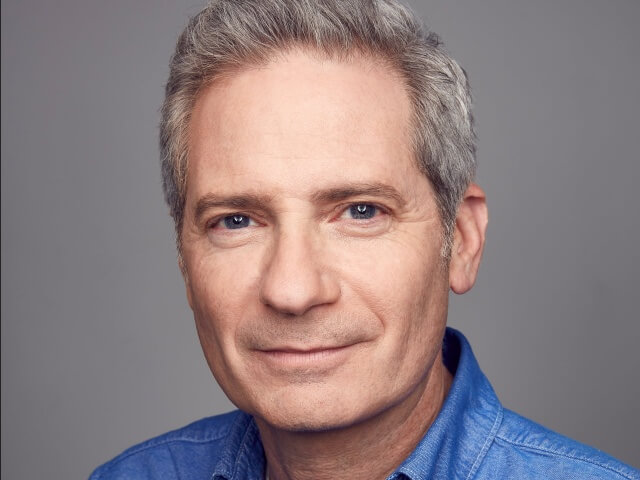
With 170 million users in 65 markets, Spotify has transformed the way users engage with music. In 2018, the company not only went public but also rolled out a free, ad-supported version.
Farbman has stewarded the brand through this journey, sometimes by crunching user data and transforming it into witty billboard ads and sometimes by taking over museums to honor modern-day hip-hop stars in 3D-printed Greco-Roman-style sculptures.
So much so that, in a break from tradition, the Cannes Lions International Festival of Creativity is honoring the brand — and not an individual — as its 2018 Media Brand of the Year.
Read Part 1: Click Here


